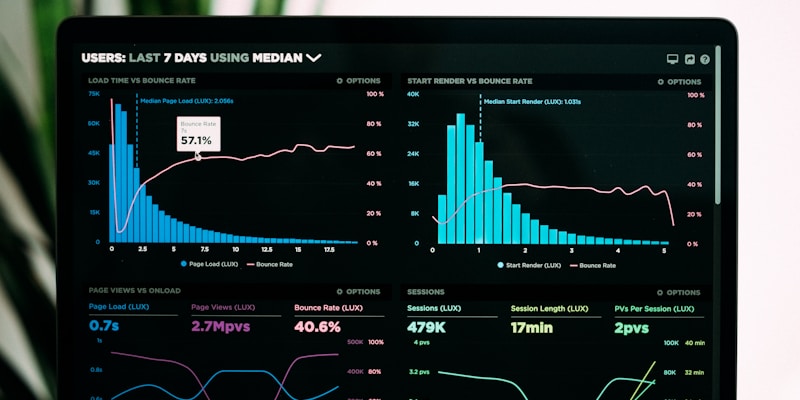💼 Gift Card Arbitrage

Arbitrage Fundamentals
Arbitrage consists of taking advantage of price differences between different platforms to obtain profits.
Basic Process:
- Identify significant price differences
- Buy on the cheapest platform
- Sell on the platform with better price
- Calculate commissions and transaction costs
- Execute the operation if profitable

Analysis Tools
Recommended platforms to monitor prices and arbitrage opportunities.
📊 Advanced Market Analysis

Seasonal Trends and Patterns
📈 Temporal Analysis
Gift cards follow predictable seasonal patterns that can be leveraged to maximize profits.
🎯 Brands with Higher Volatility
Luxury and technology brands show greater price fluctuations, creating more opportunities.
⏰ Market Timing
Post-Christmas and summer offer the best buying opportunities with significant discounts.
💰 Long-term Investment Strategies

Portfolio Diversification
Build a balanced gift card portfolio to minimize risks and maximize returns.
Recommended Categories:
- 30% - General retail (Amazon, Walmart)
- 25% - Technology (Apple, Google)
- 20% - Entertainment (Netflix, Spotify)
- 15% - Fashion and luxury
- 10% - Restaurants and services

ROI Calculation
Key formulas and metrics to evaluate the profitability of your gift card investments.
🧮 Basic ROI
ROI = (Sale Price - Purchase Price - Commissions) / Purchase Price × 100
📊 Annualized ROI
For long-term investments, calculate annualized return considering holding time.
🔧 Tools and Automation
Price Monitoring Software
Use automated monitoring tools to track real-time price changes and receive alerts when profitable arbitrage opportunities arise.
APIs and Data Integration
Advanced platforms offer APIs that allow integrating price data into spreadsheets or custom systems for more sophisticated analysis.
Inventory Management
Keep a detailed record of all your cards: purchase date, price, platform, expiration date and current status to optimize your selling decisions.
⚠️ Advanced Risk Management

Mitigation Strategies
🛡️ Fundamental Principles:
- Never invest more than 5% of your capital in a single brand
- Diversify across different categories and platforms
- Maintain a liquid emergency fund
- Set maximum loss limits per operation
- Review and adjust your strategy monthly
📋 Risk Factors:
- Changes in platform policies
- Extreme seasonal fluctuations
- Liquidity issues in secondary markets
- Risk of fraud and invalid cards
- Regulatory changes in the sector